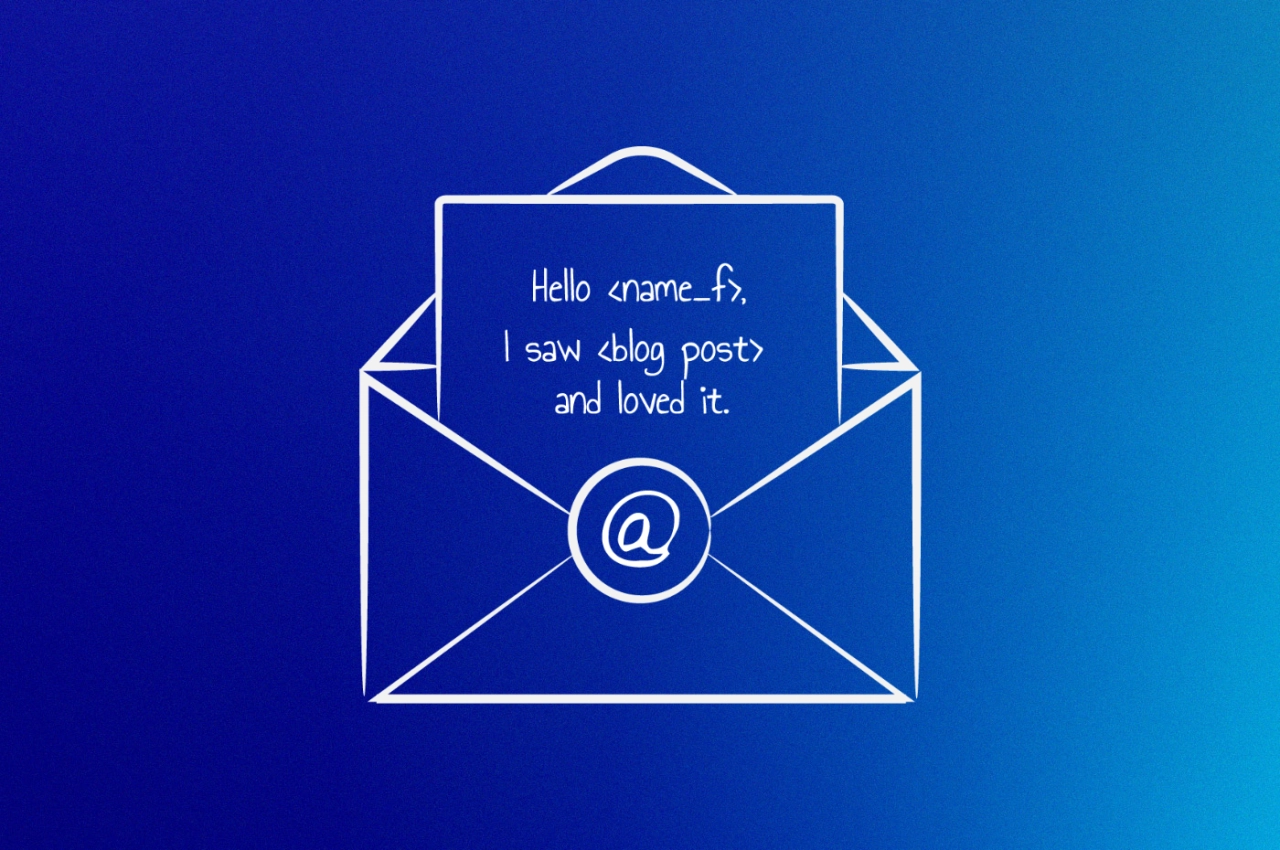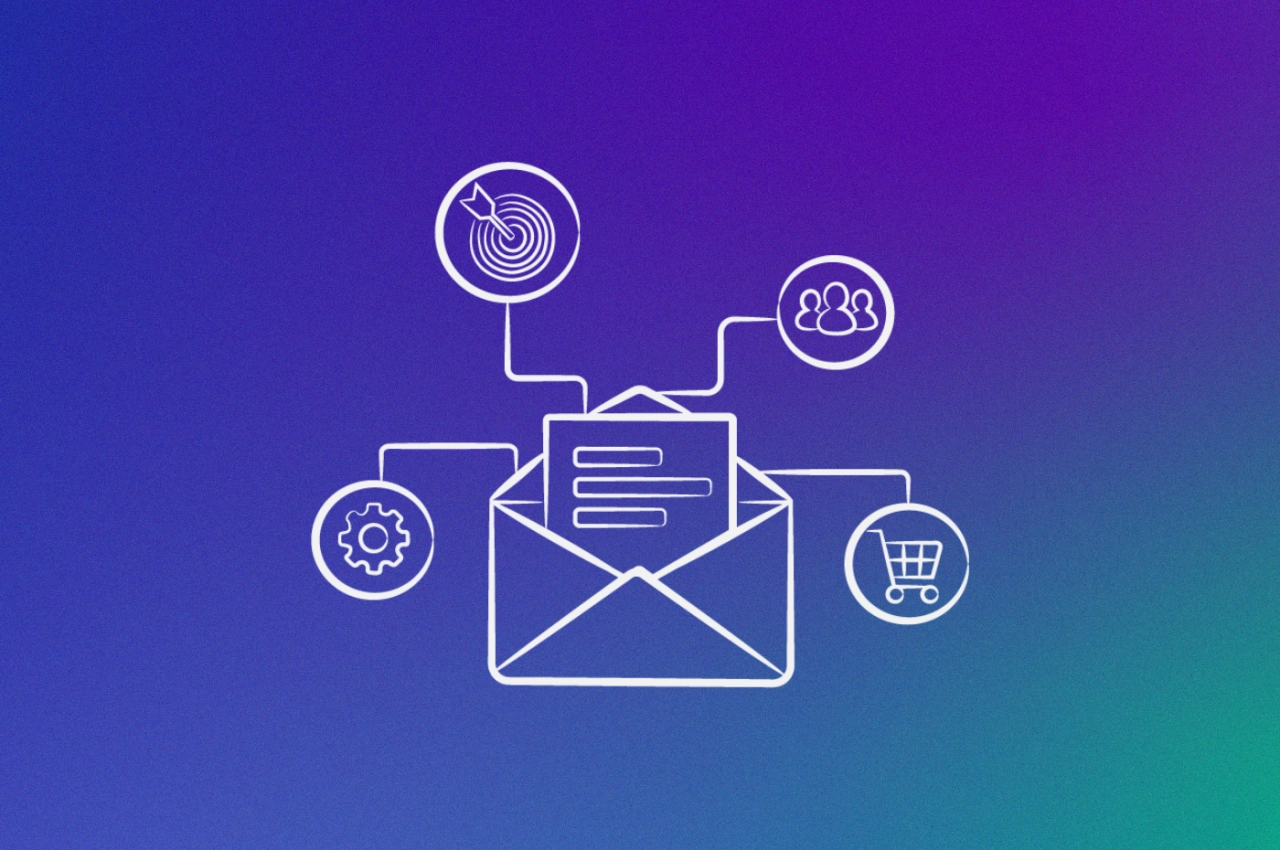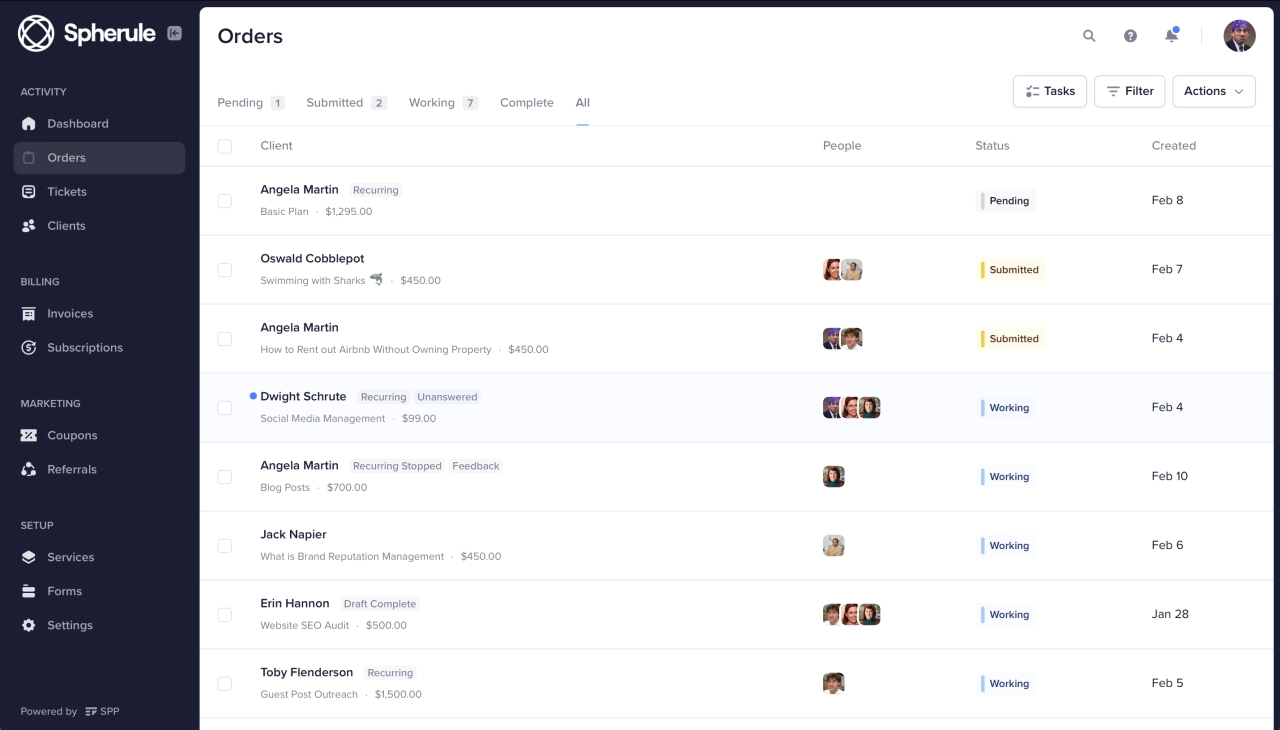- With 92% of people trusting recommendations from friends and family above other forms of advertising, word-of-mouth marketing can drive business growth by leveraging happy clients who become brand advocates.
- To successfully launch a WOMM campaign, define your ideal customer profile (ICP), choose the right channel for execution, and leverage influencers or employee advocacy to amplify word-of-mouth buzz.
- By setting up an employee advocacy plan, employees can become trusted influencers who promote your brand and services, driving demand and increasing revenue without incurring significant marketing costs.
What if I told you that there’s probably one of your clients who is working tirelessly behind the scenes, spreading the word about your agency’s exceptional services?
So, imagine the untapped potential of having an army of happy clients who are passionately advocating for your agency to their friends and family, reaching audiences you may never have considered targeting.
You can’t afford to ignore the invisible force of word of mouth marketing. It’s very easy to attribute sales success to SEO, content marketing, and PPC—of course, the data is there, and KPIs to track and measure success. But we fail to see that word of mouth is a major pipeline and revenue driver that leads to business development for agencies.
In this article, we look at how agencies can maximize word of mouth marketing, the pros and the cons, plus examples and strategies.
What is word of mouth marketing?
Word-of-mouth marketing (WOMM) is a powerful, cost-effective strategy where satisfied customers share their positive experiences with friends, family, or online communities, driving brand awareness and loyalty. As an agency owner, you can foster WOMM by providing exceptional customer service, encouraging user-generated content, and leveraging social proof to amplify your clients’ success stories.
Keep in mind that you are not trying to sell anyone anything. This is not about lead gen. It is earned media and one of the most powerful types of marketing.
Pros and cons of word of mouth marketing
As any marketing strategy, this one also has a few different positive and negative aspects to keep in mind.
Advantages
According to a well-known Nielsen survey, it was found that 92 percent of people trusted recommendations from friends and family above all other forms of advertising when making a purchasing decision.
Saves costs: It is a cost-effective type of marketing. Unlike other marketing strategies, word of mouth marketing (WOMM) does not require you to spend bucks of dollars to drive revenue.
Shortens sales cycle: Referrals often have a shorter sales cycle, as trust is already established. 74% of consumers identify word of mouth as a key influencer in their purchasing decisions.
Increases lead generation: WOMM provides a steady stream of leads, reducing your agency’s reliance on outbound lead generation efforts.
Increases client retention and reduces client churn: Word-of-mouth marketing increases the lifetime value of your clients, as referred clients are more likely to stick around and refer others.
Disadvantages
While word of mouth marketing has many pros, it does have some downsides to keep in mind:
It isn’t easy to track and measure the impact of word of mouth marketing. This requires an investment of human personnel resources to organize interviews and client meetups to discover referrals.
Results from word of mouth marketing are uncertain and unpredictable. You shouldn’t expect a specific ROI from your campaign.
It is not a get-customers-quick scheme. It takes time to set clients on a word of mouth spree. It’s about satisfying them first, and it takes months.
3 best WOM campaigns
Now that you know what it means, it’s time to share some inspiring word of mouth marketing campaign examples I spotted in the wild.
Slack
Slack became the fastest-growing business app of all time by relying on word-of-mouth. They used a preview release of their product, leveraged founder recognition, and prioritized word-of-mouth to grow from 8k to 1M+ DAUs. This approach worked like magic.
8,000 people signed up in 24 hours. Two weeks later, Slack users grew to 15,000. Slack strategically invited individuals to participate in a preview release of its software, deliberately avoiding the label “beta version” to sidestep the unreliability often associated with beta releases.
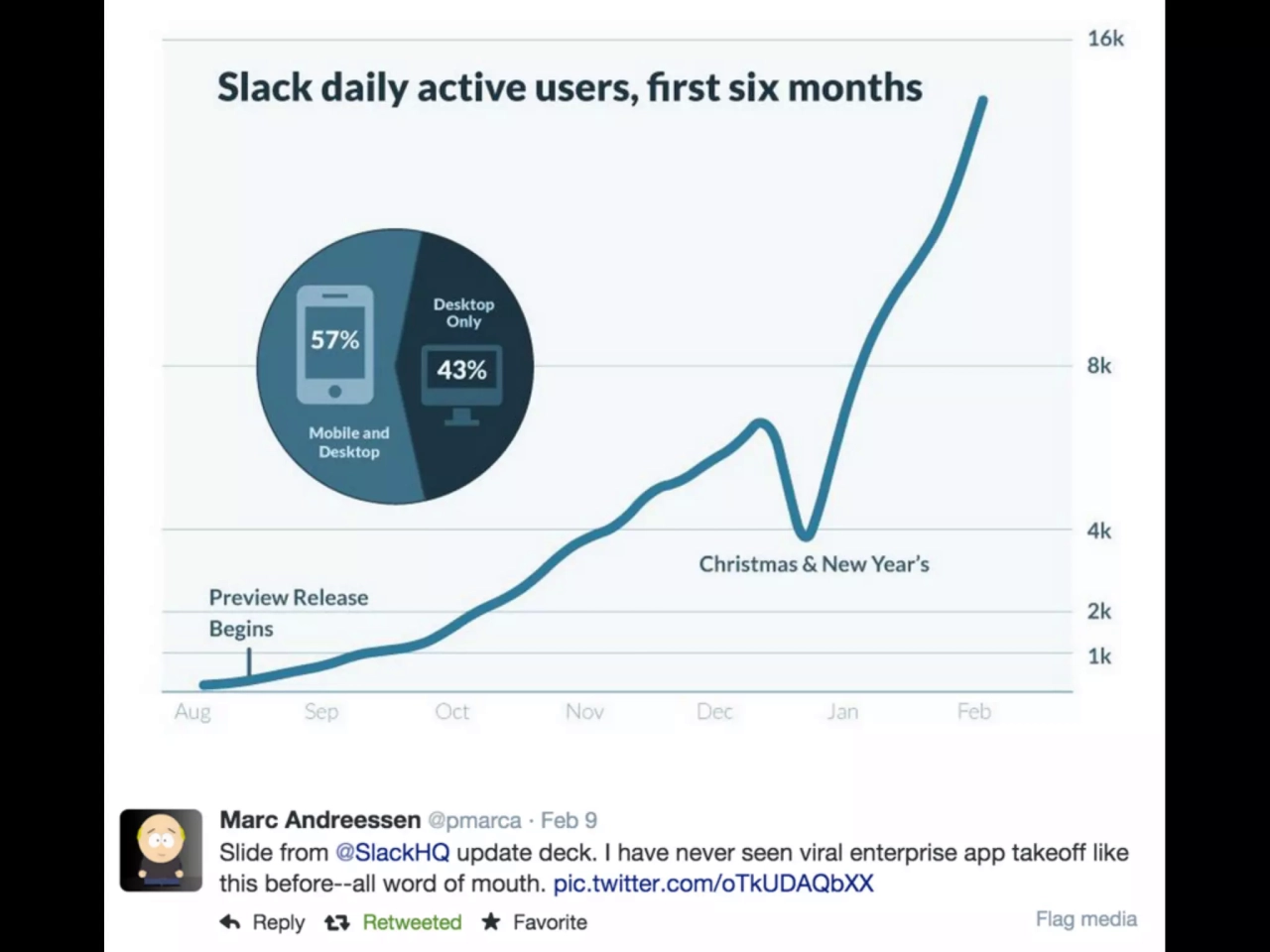
By positioning this early access as an exclusive preview, founder Stewart Butterfield cultivated a sense of privilege and curiosity, significantly enhancing your buzz marketing efforts as users felt they were part of a select group testing a novel and promising tool.
Dropbox
Dropbox employed a highly effective referral program as a key component of their marketing campaign. Once users signed in on their website, they were encouraged to refer Dropbox to their friends by sharing a unique referral link or sending an email invitation. They offered free extra storage as an incentive, and this created a viral loop. This means each new user was motivated to invite more friends to gain extra storage space, leading to exponential growth.
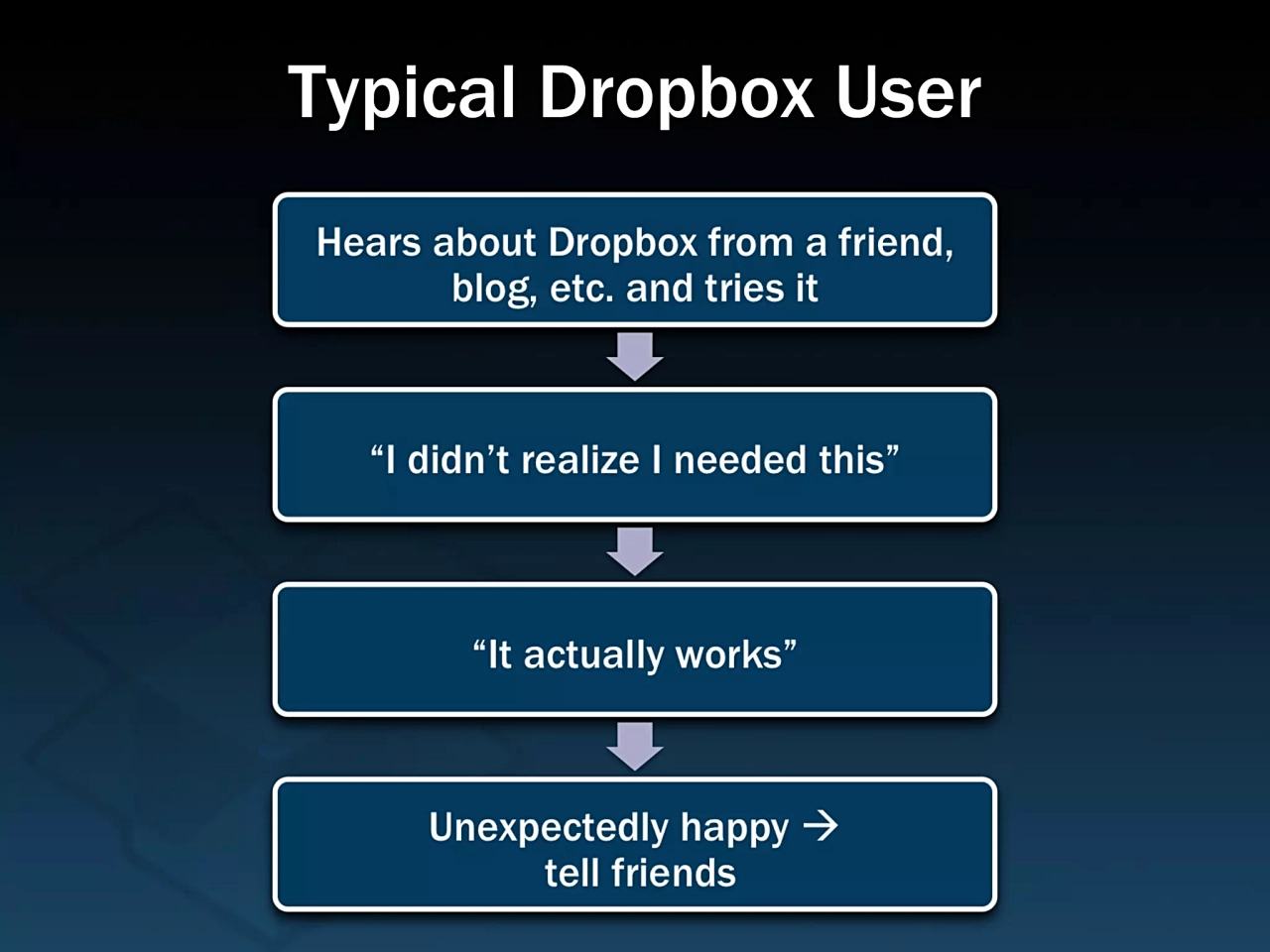
18 months after the launch of the campaign in 2008, Dropbox boasted of many millions of users without a dime spent on advertising. The sweetest part, they got 35% of daily signups from referral program, 20% from shared folders, and other viral features.
Airbnb
The agency søster planned Airbnb’s Night At campaign as a unique and innovative word of mouth marketing initiative that offers guests extraordinary and exclusive stays in some of the world’s most iconic and unusual locations.
For example, they allowed customers to enjoy an exclusive stay in the Louvre Museum, allowing guests to explore the museum after hours and sleep surrounded by world-famous art.

The campaign generated a huge amount of interest, with the Italian Sabbatical alone receiving over 280,000 entries, and 182,000 people entering the Night At The Louvre competition. The unique ambience of the place attracted media coverage and attention from influencers, thereby increasing word of mouth.
Planning your word of mouth marketing campaign
By now you should be inspired to launch your own WOM campaign. Doing so successfully requires planning and strategic thinking.
Define your ICP
Your ideal customer profile or ICP comprehensively describes your perfect client. So, before you start a WOMM campaign, ensure you understand your ideal client.
To develop a perfect ICP for a word of mouth marketing campaign, you need to know:
Who your clients are,
where they reside, and
any objections they have concerning your services.
Once you have collected this information, the next step is to define your word of mouth marketing campaign channel.
Define your WOMM strategy and channel
Start by outlining how you want to run word of mouth marketing campaigns and where you want your messages to be heard. What action will you take to execute your WOMM campaign? And what mode of information are you going to use to distribute content to your ideal customers?
Word-of-mouth marketing tactics include:
Influencer marketing: This works by partnering with influencers to recommend your brand to their audience.
Referral programs: Set up referral and loyalty programs to reward long-term clients who recommend your services to others.
User-generated content: Partner with your clients to create content like client interviews and success stories.
Conferences: Organize regular meetups and conferences. Get your existing clients to speak and see how they drive demand.
Personal relationships open most doors, from selling software to raising VC money. So it makes sense to cultivate relationships, and dinners are an accessible vehicle for everyone.
 Peep Laja,
Wynter
Peep Laja,
Wynter
Choose one that fits your business and helps your clients share their experiences. You can use two or three social media channels to optimize your campaign, or opt for offline channels like dinners and in-person events. It’s about testing and learning to know which works best for you.
Create a tracking system for your campaign
Your WOMM campaign is up and running and you are pretty sure it’s going to be a blast. But just in case you’ve forgotten, you can’t manage what you don’t measure. Look out for KPIs and use them to track your campaign through polls and surveys. And one of the best ways to track word of mouth is by listening to customers—get on calls. Meet them and use social listening tools to monitor what people are saying about your agency.
Leveraging word of mouth influencer marketing
According to a benchmark report by Influencer Marketing Hub, More than 85% of their respondents intend to dedicate a budget to influencer marketing in 2024.
Influencers have followers who trust them deeply. They have built a reputation over time. So, when these influencers recommend a product through sponsored content, they’re partaking in word-of-mouth advertising.
There are two ways to leverage word of mouth influencer marketing. The first takes more effort than the latter, but both are efficient and bring results.
By partnering with external influencers
Partner with creators and influencers in your niche to create sponsored post content.
This method is quite tricky. Imagine launching a collaboration with an influencer, only to realize their image clashes awkwardly with your brand identity. Vet every influencer you want to partner with. And find out if their audience is fit for your services.
Initiate a discussion with the potential influencer about their process. Inquire about how they prefer to work and the formats of content they prefer to. After that, make some agreements on the duration of the campaign.
Through employee influencing
Your employees are your biggest and most trusted influencers you can partner with. Compared to other advertising options, this one is free. The only investment you can make is in a content distribution tool or reward system for employees.
A big benefit is that your employees know more about your product and service than external influencers. And the good thing is they can spread the word repeatedly.
The most crucial step is setting up an employee advocacy plan. Employee advocacy is an internal culture where workers actively promote their organization to build relationships and attract their ideal customers. In its case study, the employee advocacy platform DSMN8 mentions that OUTFRONT Media saw an 400% increase in employees sharing employer related content, increasing LinkedIn followers by 23%, and social engagement by 69%.
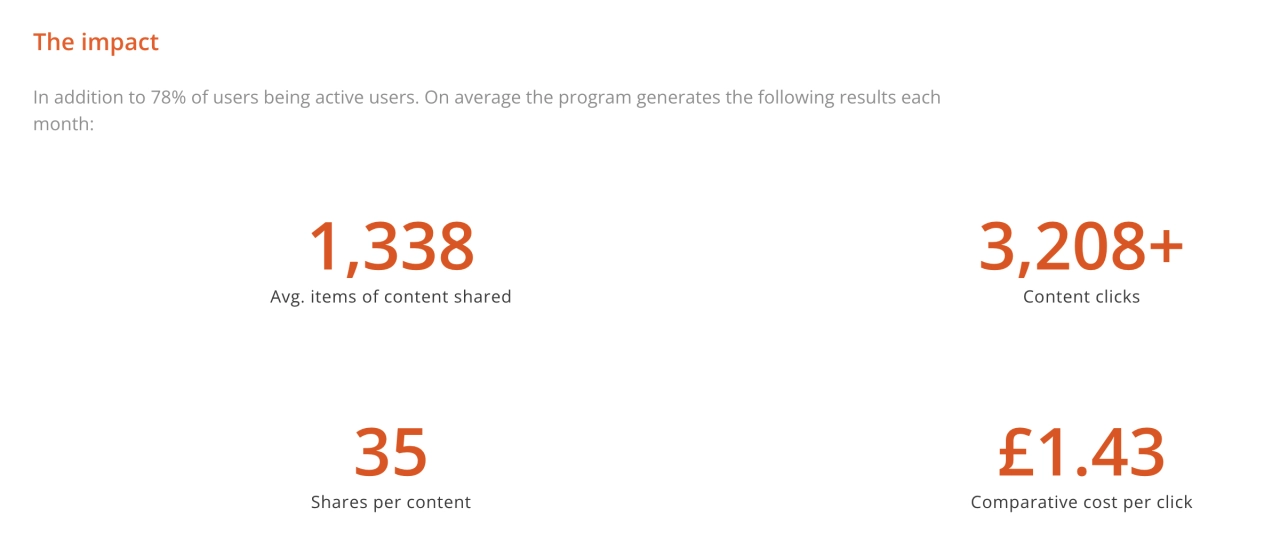
Another brand implementing employee advocacy is Letterdrop. They encourage employees to talk about the brand and its services including sharing content.
Your customers don’t care about your faceless corporate brand. They get more value from an employee sharing what they’ve learned or how they helped a customer.
 Zach Francisco,
Letterdrop
Zach Francisco,
Letterdrop
Stick to one platform and create social media marketing messages and content that can be shared uniquely by your employees. For example, if your agency offers service to businesses, you can focus on LinkedIn to target executives.
Word of mouth marketing FAQ
Why is word of mouth marketing effective?
Word of mouth marketing is effective because it brings in recurring customers who can become raving fans. It is an effective way to drive revenue and sales for your agency business.
What is the role of word of mouth in digital marketing?
Word of mouth plays a significant part in digital marketing because it can influence consumer behavior and buying decisions. Thanks to the results of word of mouth marketing, digital marketers can create social proof, customer-centric content, and case studies.
Can word of mouth marketing work in any industry?
Yes, WOM marketing can work in any industry. The modus operandi of word of mouth is based on human interactions, regardless of the industry.
What are the challenges in utilizing word of mouth marketing?
While word of mouth can be incredibly beneficial, it does come with challenges like dealing with negative feedback, struggling to measure the ROI of WOMM, and finding it challenging to identify influencers who align with your goals.
How can I encourage my customers to engage in spreading word of mouth?
You need to understand one principle, and it’s encapsulated in this well-known Jeff Bezos quote: “We see our customers as invited guests to a party, and we are the hosts. It’s our job every day to make every important aspect of the customer experience a little bit better.”
Make your clients love you
Prospects become customers, then fans and then evangelists. That’s what you want. So, I’ll reiterate it—it’s all about your clients. Without them, word of mouth wouldn’t exist. So, to encourage them to spread the word about your agency, create systems to make them happy and loyal to your brand.









